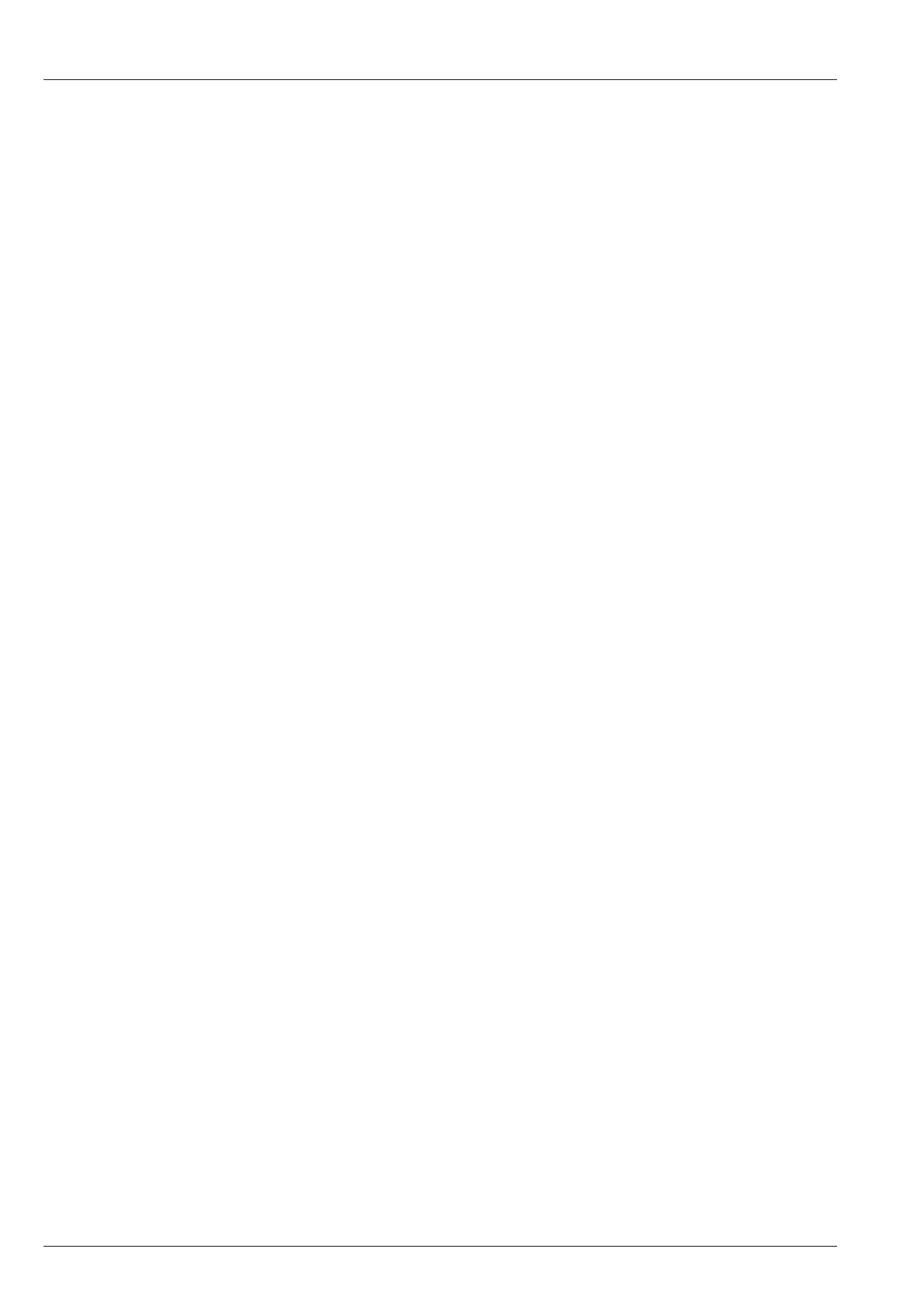INSTALLATION
MOBILE STATIONS
404 ENVOY™ TRANSCEIVER REFERENCE MANUAL
Noise suppression
Noise interference is suppressed by:
• shielding/screening, for example, the addition of a physical metallic shield
between a noise source and the transceiver
• decoupling to earth, for example, a filter capacitor on the alternator
• providing RF filtering
• maintaining all electrical equipment and connections
• re-routing wiring, for example, separating the antenna feed wire from the
battery cable
Most commercial and passenger vehicles are not easily suppressed for noise at radio
frequencies. Since shielding of existing cables and devices such as spark plugs is
neither practical nor viable for general vehicle installations, RF filtering is the
preferred option.
RF filtering involves:
• preventing the noise from being generated
• minimising the noise radiated by the wiring connected to the noise source
An interference suppression kit is available from Codan (Codan part number
15-00704). It contains filters, suppressing capacitors, earth straps and fitting
instructions.
The process of eliminating signal interference is by:
• identifying the noise source(s) by noting the difference in the noise levels in the
receiver with the motor and accessories switched off then on
• working on each source individually until an acceptable level of suppression is
achieved
Alternatively, disconnect all possible sources of noise then replace and suppress them
in turn.
Most suppression is carried out using some type of RF filtering. All suppressor
devices must be fitted at the source of the interference in order to be effective.

